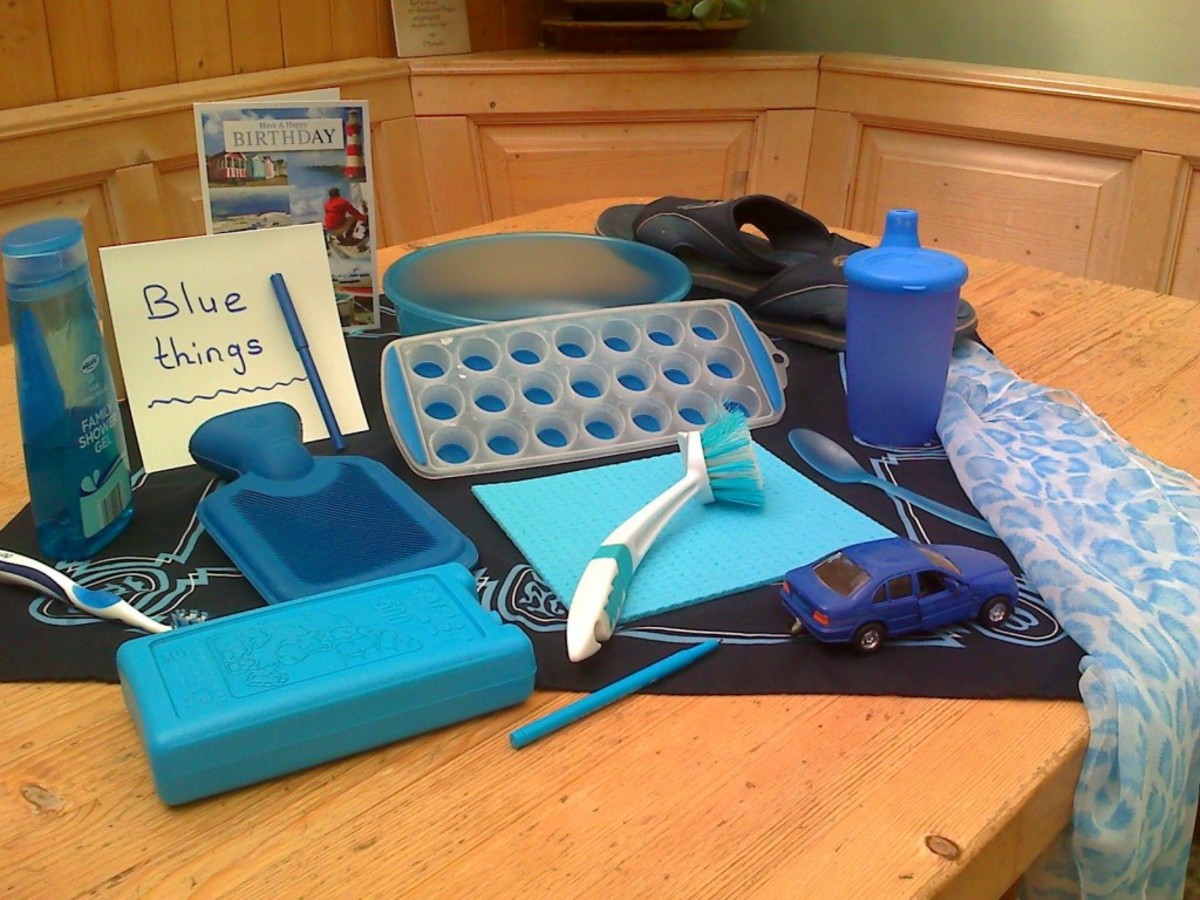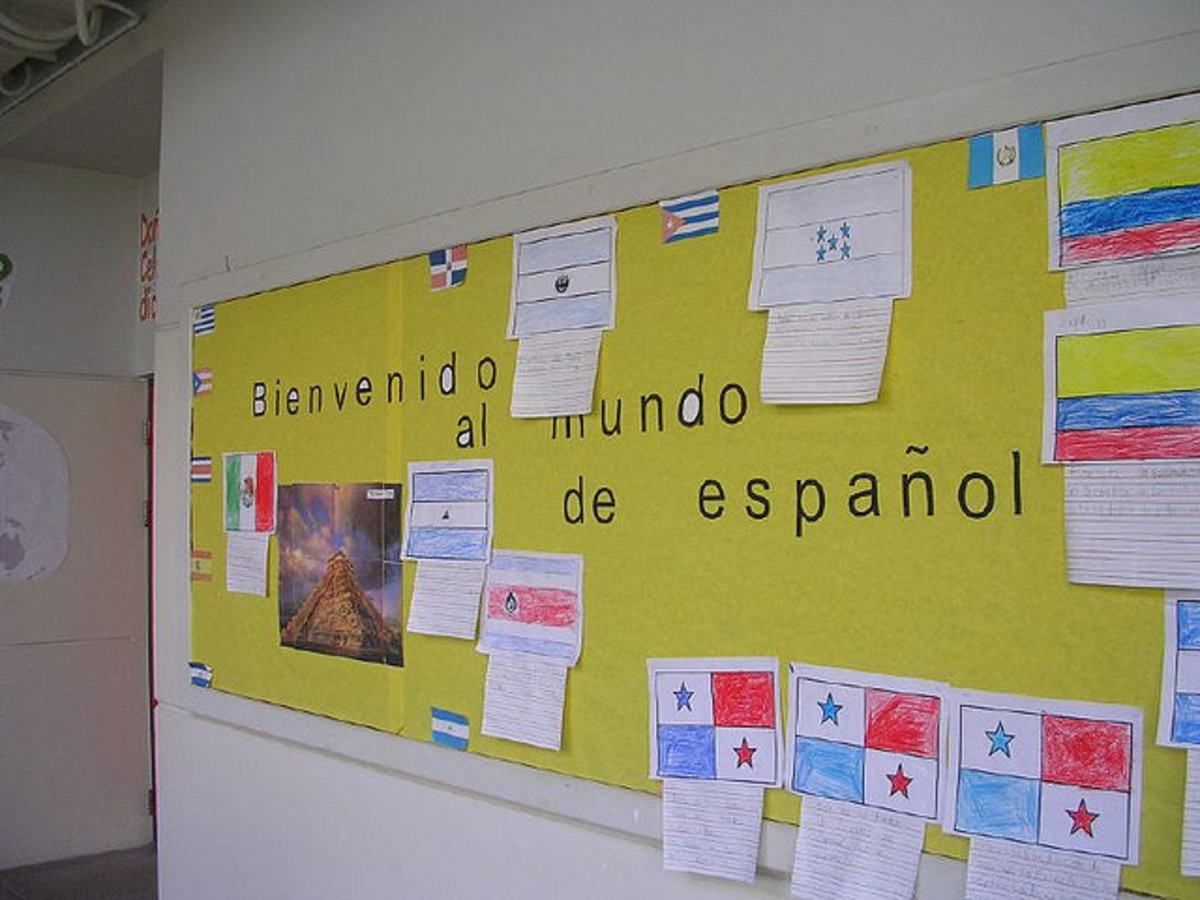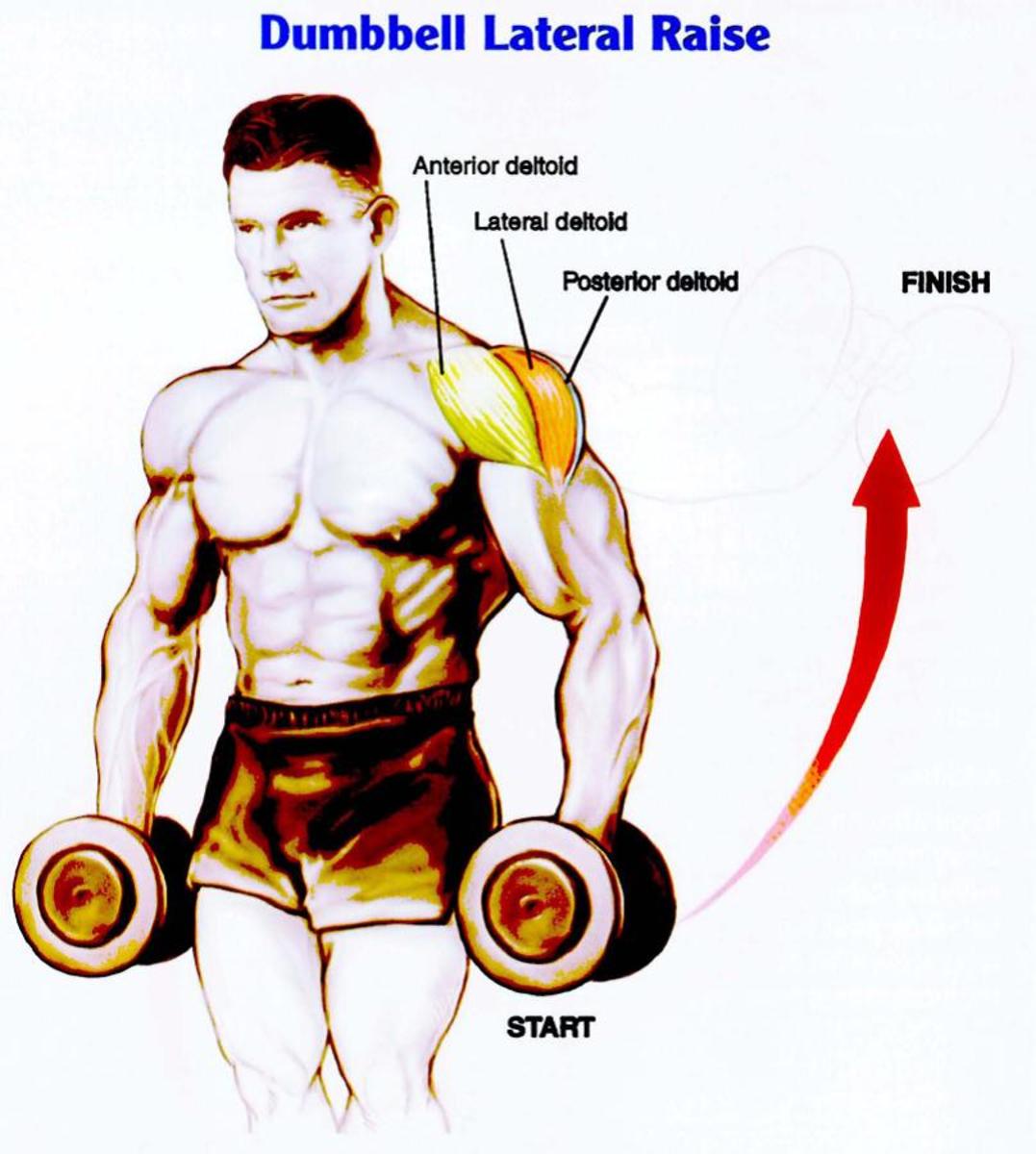Encouraging Participation In Class

Teaching Methods to Increase Students' Motivation
If your English language students aren’t participating, due to shyness, nerves, or just general teenage apathy, there are a few methods to get them to participate and increase student engagement in the subject.
The best way to deal with students who refuse to participate is to have a good rapport with students, and provide a safe environment where it’s alright to be wrong. In this article, I’ll outline some common mistakes and end by giving you 12 ways to motivate students and encourage class participation, even from the most quiet or apathetic kids.
I currently work with Japanese middle school students, and they are the quietest of the quiet. Some of these methods are my own, and some I must credit to my co-teachers who have worked with these students far longer than I have.
Three Reasons Students Aren't Volunteering
The single biggest mistake a language teacher can make when asking for participation is to ask something outside of the students’ range. For example, if you simply demonstrate a conversation, then ask for volunteers to make up their own conversations, you wouldn’t expect many hands to go up. Let me make clear the basic mistakes in this situation,
1. Students haven’t tried to pronounce the key words yet, and thus are unsure of their ability to even say the original conversation.
2. You’ve given them no time to think. Even if they know the words, they will likely blank when called on so abruptly. Especially in a creative exercise. Maybe if they had the conversation in front of them and 10 minutes to think of a variation, it would be okay.
3. The recitation will be in front of the whole class, with judgment raining down from all directions (especially from YOU, the native speaker or “pro” in this topic!).
So let’s boil down these points to some key words.
1. Pronunciation
2. Time
3. Judgment
If you can eliminate those concerns from an activity, it will be a success with shy students. For activity ideas, and what to do if it’s more like apathy that’s got your class down, read on.

Get Students Moving
1. Movement
The first step to a successful activity is always either “Stand up please” or “Move your desks!” There is no substitute for a precedent of full cooperation. Once they are listening to you fully (because they have to actually perform some action according to what you said) you can give directions knowing that you’re being heard.
If your class is passive-aggressive, and pretends not to understand you to avoid work, movement-based activities are the way to go. Unless a student wishes to openly defy you, there is no “out” for them. Strangely, this creates a great classroom atmosphere. Once the students get over their initial annoyance at having to do anything, they will get into the activity and be much happier than if you allowed them to sit at their desks and sulk for 50 minutes.
There are a ton of great ESL activities which are made for groups, but if you are stuck with a one-person writing activity, transform it into group work by having everyone pass their papers to the person on their left, then read the new paper aloud to the group. Creating just a little peer pressure by having another student read it works wonders in most classes.

Relay: A High-Movement Educational Game
Relay games are great lesson activities to build vocabulary, but aren't too heavy on the grammar. You can use set phrases such as "What sport do you play?" or "What is your favorite ________ ?" by invoking the variation in step 4. This game can make dull vocab memorization a bit more interesting.
Materials: 2 sets of flashcards per team (see links below for great flashcard resources). Either English words + Native Language words, or English words + descriptive pictures. E.G. either red + rojo (for Spanish), or red + an actual red-colored card.
Before starting: Put the English word cards in the front of the room, and the picture or native language cards in the back of the room.
Easy English Vocabulary Lesson Activity: Relay Game
- Everyone moves their desks to the edges of the room. (Note: see, it's the magic words: "Move your desks!")
- Divide your class into teams. I suggest no more than 5 or 6 per team.
- Each team sends one representative to the front of the room. The remaining members line up.
- The representative at the front picks up a flashcard and reads the English Vocab Word. (Variation: whole team prompts the representative. EX- Team: What sport do you play? *rep picks up card* Rep: I play baseball!)
- The first person in line runs to the back of the room and grabs the corresponding card, then runs to the front and gives it to the original representative.
- Original representative makes sure they match, then takes the cards and sits down at the end of the line.
- The original first line member is the new representative, and the game repeats until everyone is sitting down.
Helpful ESL Links
- Center Ideas
A great aggregate of links to general English games. I find the prefixes and suffixes, antonyms, and compound words most useful in ESL. (My kids went crazy using "un" one week after they learned that some words can be made opposites as in "uncool." - Best Clip Art Blog
Yes, that's the name of the blog, and they aren't just being smug. You will definitely need clipart for moving activities. I use them for those games where you match a picture to the word (relays, descriptors, memory games). Print & laminate. - Englipedia
The most helpful page for teachers in Japan. I don't know anyone who would contest this. Navigation is mainly by textbook, but you can also search by grammar point. Many of the activities can be applied to non-Japanese language learners.








